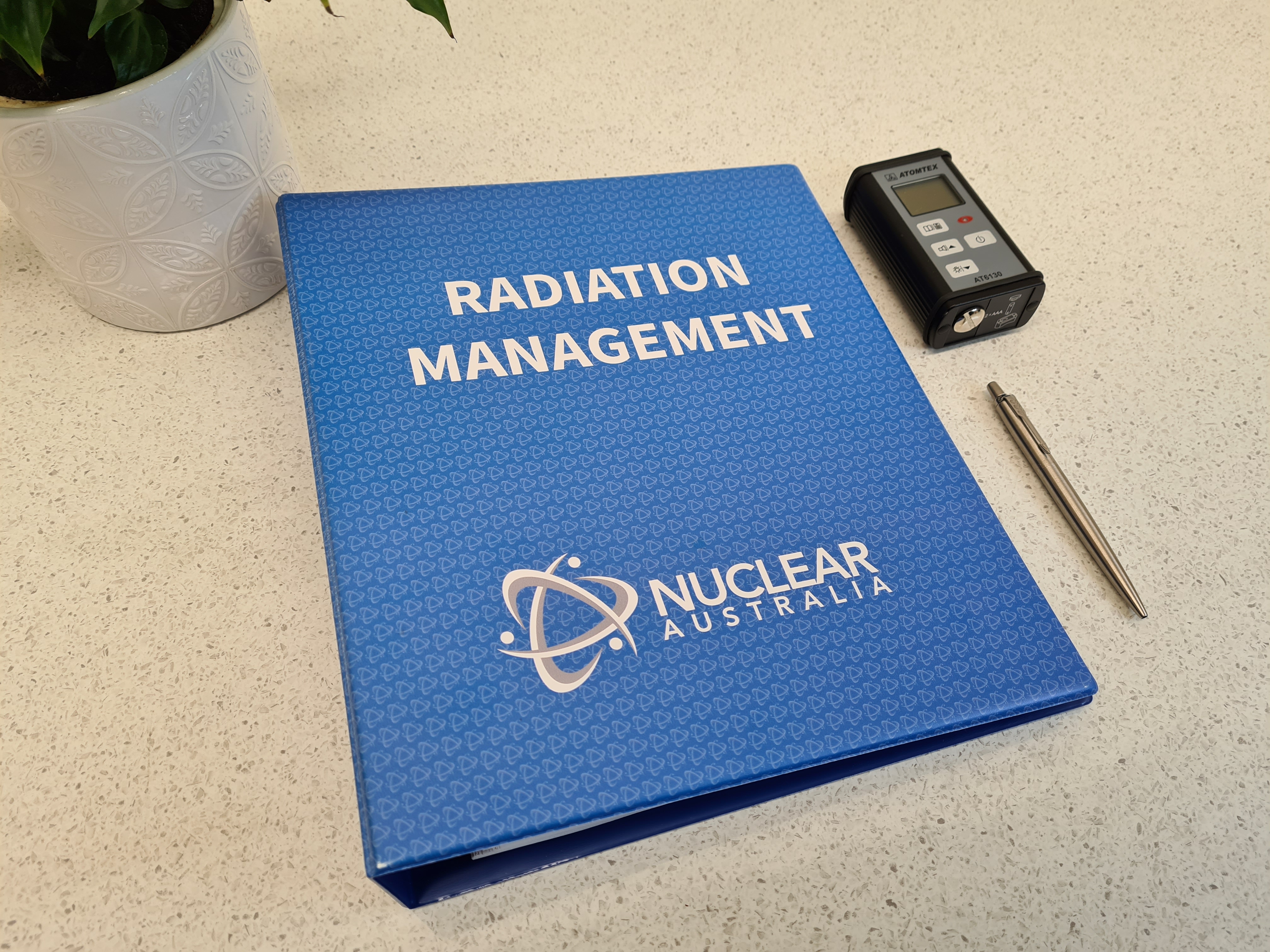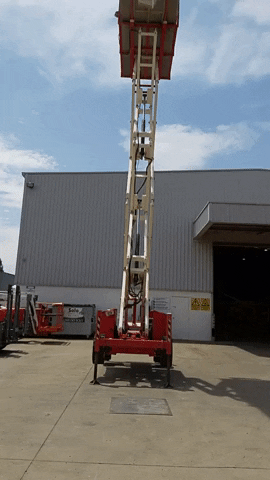
Radiation Management Plans
Radiation management plans provide the safety map for any organisation which utilises radiation within their practices. Many industries use radiation for precision detection, measurement and quality control in applications such as:
- Cs137 fixed radiation gauges, for measuring a physical characteristic of a manufacturing process.
- X-ray fluorescence (XRF), for determining the chemical makeup of a sample.
- Non-destructive testing (NDT), for inspecting welds and other safety critical infrastructure.
- Am241 or X-Ray fill height detectors, to ensure cans or bottles are full on bottling lines.
Additionally, a radiation management plan must be in place for any organisation involved in the safe transport and storage of radiation. This would be applicable for dangerous goods transport providers. And for any organisation whose employees work with or around radiation in the field.
A radiation management plan details the important information relevant to the practices performed and the guidelines which must be followed to ensure the protection of people and the environment.
The items which a radiation management plan must cover are detailed in the Codes of Practice published by ARPANSA and each radiation practice has it’s own detailed code. Additionally, general codes for transport, protection of people and the environment must be followed. Each state of Australia also has their own radiation acts outlining the regulatory process involved in performing a radiation practice. Broadly, a radiation management plan should cover:
- General details and contact information relevant to the radiation management license.
- Site details for the location of the radiation source.
- Staff training requirements and list of current training and qualification levels.
- Calculations and reasoning for employee radiation exposure.
- Methods of tracking employee radiation exposure.
- Radiation safety equipment and information about radiation detection and monitoring.
- Procedures for the acquisition or disposal of a radiation source, in accordance with relevant regulations.
- Procedures for the safe storage of radiation sources.
- Incident reporting.
- Emergency procedures and contacts.
The radiation management plan must also show justifications for why the radiation practice is being performed and outline how to ensure all radiation exposure is As Low As Reasonably Achievable (ALARA) while allowing for social and economic considerations.
A key topic included in a radiation management plan is the delegation of roles to individuals in the organisation. A responsible person must be identified and is charged with the ongoing radiation safety on the site. This person is typically the CEO or Director of the company, but the duties are usually delegated to the Radiation Safety Officer (RSO). It is crucial that roles and responsibilities are delegated appropriately and documented in the radiation management plan to ensure radiation safety is responsibly managed.
It is required that this document be regularly reviewed and maintained in accordance with any changes within the organisation, the site, or regulatory guidelines.
With the upcoming implementation of the Code for Radiation Protection in Planned Exposure Situations (2020), RPS C-1 (Rev.1) by ARPANSA, state regulators will require radiation management plans when license holders submit variations to their license or when applying for a new license. It is imperative organisations implement a detailed and complete radiation management plan to ensure they can continue to maintain their license and subsequent business operations.
Designing Your Radiation Management Plan
At Nuclear Australia, our skilled specialists will work in consultation with your organisation to design your radiation management plan. We possess an in-depth knowledge of radiation safety and regulatory guidelines and strive to ensure that our radiation management plans provide a minimalization of risk and optimise protection around radiation apparatuses. Our service can include a visit to the site to assess any radiation hazards and detail the radiation safety practices for the apparatus and source at each location.
From our experience in developing and delivering radiation safety training to site employees, we understand the importance of providing clear information regarding risk and protection measures, in a way which is comprehensible to those who otherwise may not be familiar with radiation.
It is important that the radiation management plan layout be one which allows for information to be located quickly and ensures that priority information such as safety procedures and emergency contacts are designated clearly and are easily accessible. And that all regulatory requirements are satisfied, within the scope of the nuances within your organisation, site infrastructure and source specifications. With all of this in mind, it is essential to have an expert consultant create your radiation management plan for you.
The regulatory framework within which your radiation practice must operate can be hard to navigate if you aren’t familiar with the processes. This is why every Nuclear Australia authored radiation management plan also includes detailed instructions for how to make changes such as replacing a source, ceasing a practice or disposing of an apparatus on your radiation license, specific to your jurisdiction.
Having a vast experience working within the radiation industry and providing compliance services, Nuclear Australia is a leader in the design and provision of radiation management plans.
Need a new Radiation Management Plan or a review of your current plan?
Get in touch with us at Nuclear Australia for more assistance: +61 3 8770 6565




